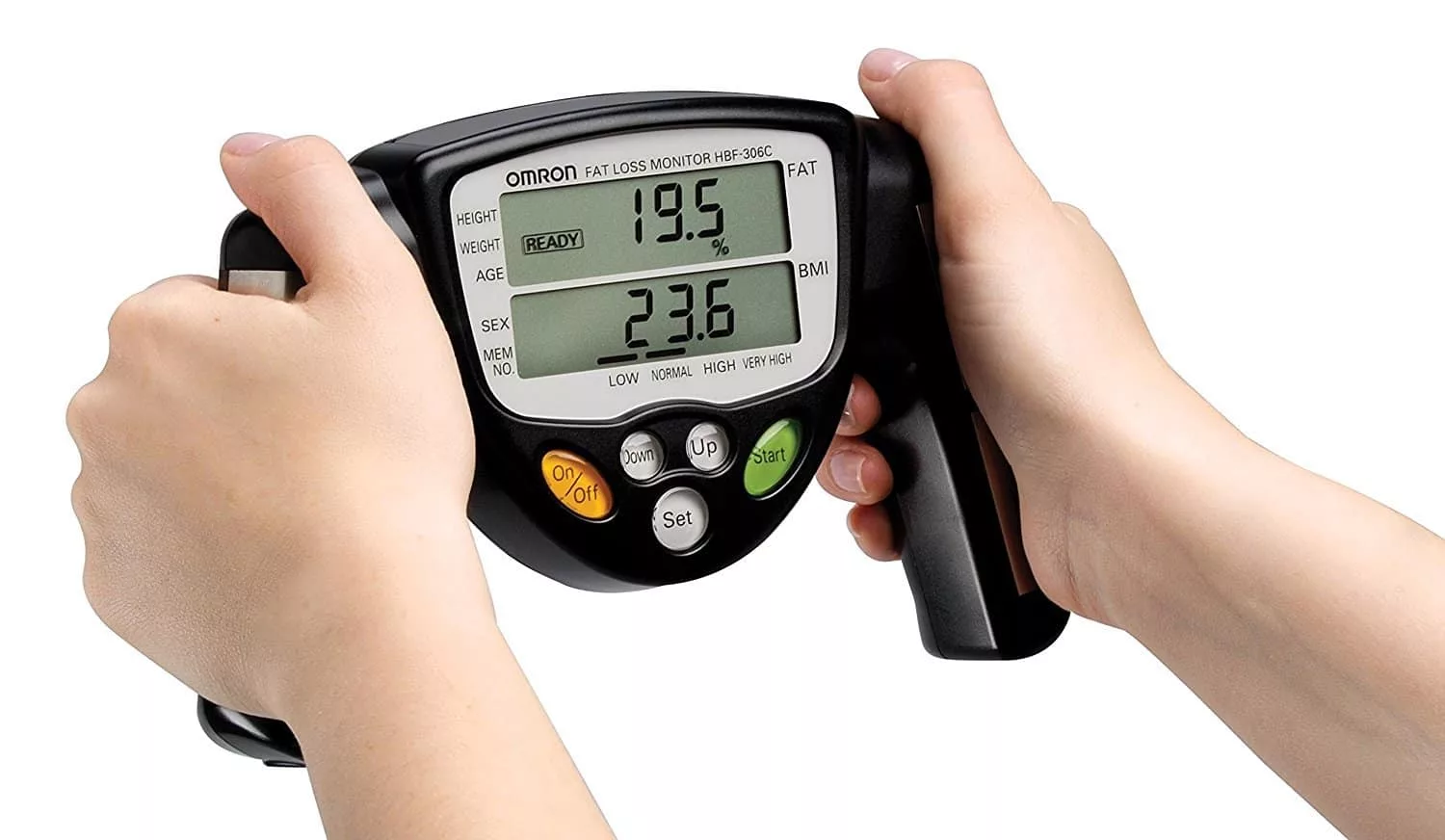
Bioelectrical Impedance Analysis (BIA)
Bioelectrical Impedance Analysis (BIA) can estimate body composition (e.g. fat mass and fat-free mass) via a small electrical current.
As the world of technology advances, coaches and athletes are looking for ways to use these new innovations to increase their chances of success, whether that be winning trophies or setting world records.
As the world of sports technology is very complex, our aim is to simplify the science so that coaches, athletes, and everybody else can understand how to these tools in order to optimise sports performance.

Bioelectrical Impedance Analysis (BIA) can estimate body composition (e.g. fat mass and fat-free mass) via a small electrical current.
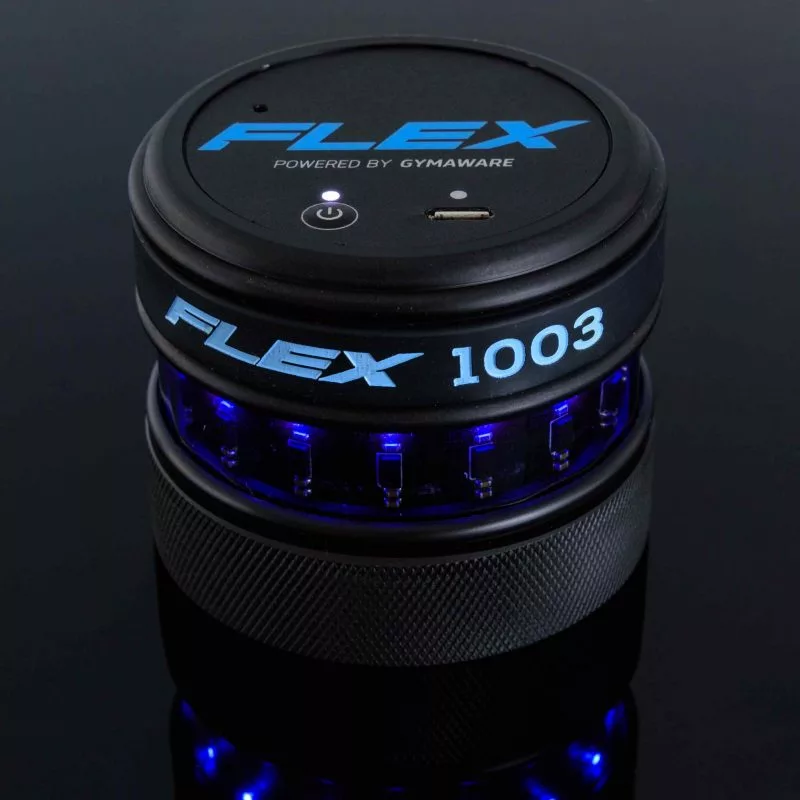
Velocity-based training is simply a method of training which uses a piece of technology to track the movement speed of the exercise.

The acute:chronic workload ratio can assist practitioners in understanding the preparedness of an athlete and their relative injury risk.

4 Ways to Monitor an Athlete’s Load on a Budget Cost-effective ways to monitor internal and external workload Contents Introduction Rating of Perceived Exertion Wellness Questionnaires Countermovement Jump Volume-load About the Author References … Read more

The Best Way to Visualise Testing Data Truly grab coach and athlete attention with Athlete Performance Indexes Contents Introduction Athletic Performance Indexes Identifying Key Performance Indicators Weighing Tests An Example A Practical Solution … Read more

Training load monitoring in team sports: A novel framework for adaptation Your weekly research review Contents of Research Review Background & Objective What They Did What They Found Practical Takeaways Reviewer’s Comments About … Read more

A multi-dimensional approach to training load and performance monitoring Your weekly research review Contents of Research Review Background & Objective What They Did What They Found Practical Takeaways Reviewer’s Comments About the Reviewer … Read more
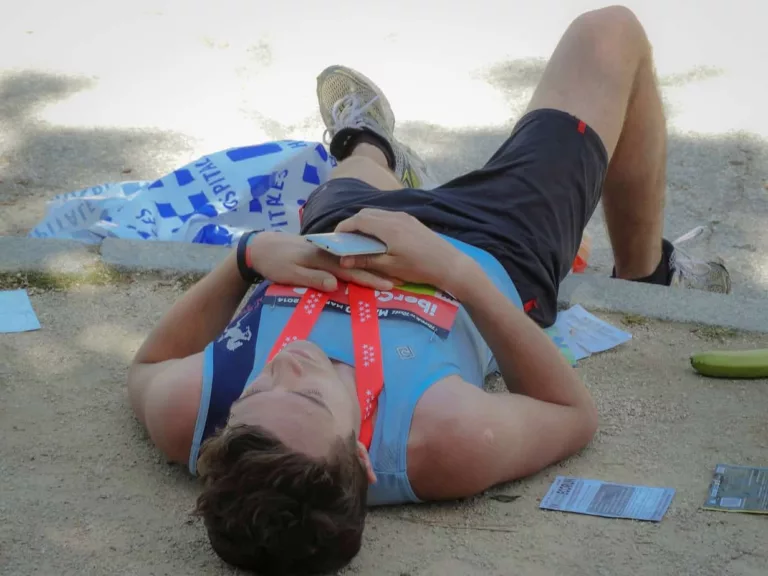
Monitoring fatigue: Are subjective wellness, jumping performance, and submaximal running tests reliable? Your weekly research review Contents of Research Review Background & Objective What They Did What They Found Practical Takeaways Reviewer’s Comments … Read more
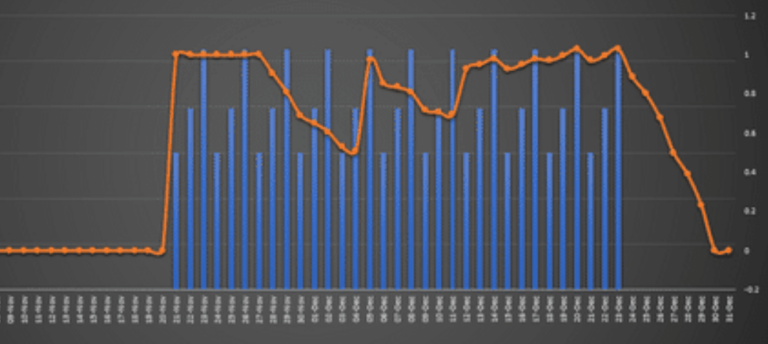
Workload efficiency: a new index for external and internal workload? Your weekly research review Contents of Research Review Background & Objective What They Did What They Found Practical Takeaways Reviewer’s Comments About the … Read more

This research review examines the strategies and effectiveness of sleep and heart rate variability (HRV) monitoring during competition.

Natural grass vs. artificial turf: which surface poses an increased injury risk? A research review from the Performance Digest Contents of Research Review Background & Objective What They Did What They Found Practical … Read more

A research review from the Performance Digest Contents Background & Objective A lot of research has been conducted on different tests and methods to monitor fatigue in football. However, the practicality, reliability, and … Read more

Does the use of electronic devices in the evening affect the sleep patterns of athletes? A Performance Digest Snippet June 18th, 2019 | 3 min read Contents of Article The Objective What the … Read more
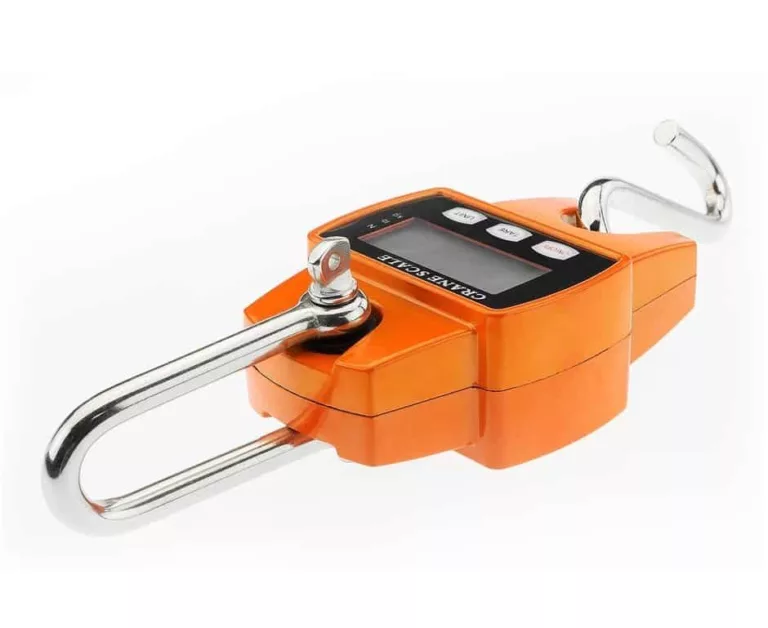
Can a low-cost Crane Scale provide solid data for strength testing? A review from the Performance Digest Contents of Article Objective What they did What they found Practical Takeaways Carl’s Comments About the … Read more

An Elevation Training Mask is a device that is claimed to simulate the benefits of altitude training, but do they work as claimed?
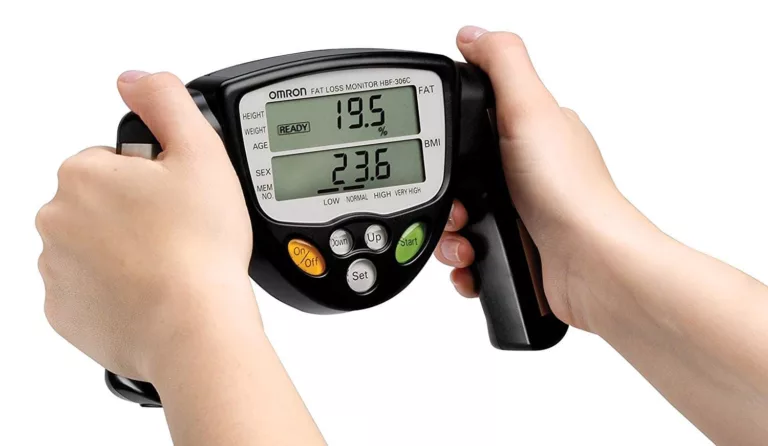
Bioelectrical Impedance Analysis (BIA) can estimate body composition (e.g. fat mass and fat-free mass) via a small electrical current.

Reliability helps us understand the sources of error and how they affect findings in practice and in research.

Dual-energy X-ray Absorptiometry (DEXA) scans can be a valuable assessment tool for measuring body composition (e.g. levels of body fat).

Learn from a world-class coach how you can improve your athletes' agility. This course also includes a practical coaching guide to help you to design and deliver your own fun and engaging agility sessions.
Get Instant Access